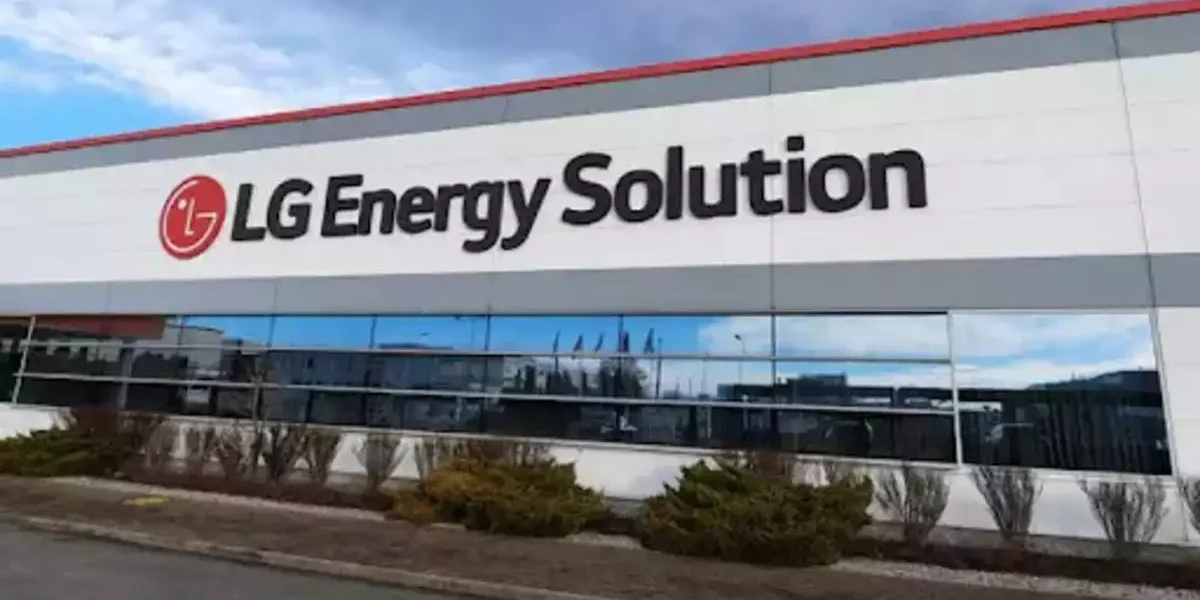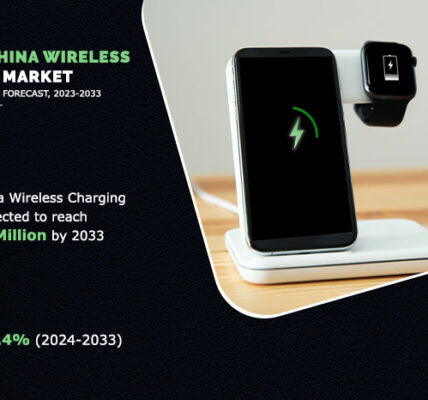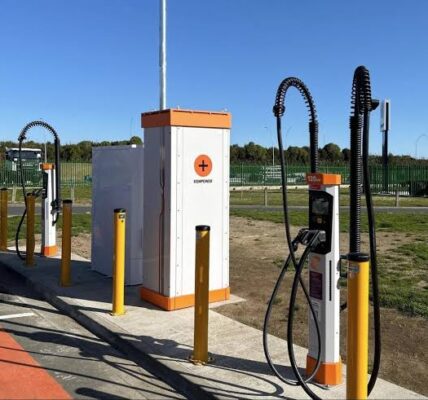The U.S. clean energy sector is transforming from an import-based industry to one that builds equipment domestically, bolstered by supportive policies in the Bipartisan Infrastructure Law and the Inflation Reduction Act. As Canary Media reported recently, U.S. battery manufacturing is on track to grow tenfold by 2027. But LG Energy Solution, one of the largest battery makers in the world, has already committed to factory construction that would increase its own U.S. production capacity by a factor of more than 55 by 2027.
LG Energy Solution already operates 5 gigawatt-hours’ worth of battery production in Holland, Michigan, which it launched in 2013 to supply the Chevy Volt. But LG will quintuple production at that facility by 2025, while it also builds a new complex capable of making 43 gigawatt-hours’ worth of batteries per year in Queen Creek, Arizona, near Phoenix.
The company will also build battery factories as joint ventures with electric vehicle companies: It’s working on a plant with 30 gigawatt-hours of capacity with Hyundai in Savannah, Georgia; one with 40 gigawatt-hours of capacity with Honda in Ohio; and a total of 140 gigawatt-hours of capacity with GM’s Ultium battery brand across sites in Ohio, Michigan and Tennessee (that Ohio site began initial production in the latter half of 2022). That makes LG an important participant in the Southeast’s emerging Battery Belt as well as an investor in the traditional heart of the auto industry.
“We’d be foolish not to say the IRA incentives are a part of it, but I wouldn’t say that’s the only argument” for the company’s extensive buildout, said Peter Gibson, VP of sales and marketing for LG Energy Solution Vertech, the division which integrates LG batteries into grid power plants. “We were developing these plants well before the IRA was published or the details became available.”
While many manufacturers are adding capacity in the U.S., LG stands out for the sheer scale of its pivot to American production.
Customers want local batteries
LG’s U.S. manufacturing push caters to battery customers who have been starting to ask for domestic products, Gibson said.
China controlled 79% of global lithium-ion battery cell production capacity in 2022, according to data from Clean Energy Associates. That lopsided dominance is drawing more scrutiny from both Republicans and Democrats in Washington, D.C. who see it as a major vulnerability. Some battery customers worry about the security implications of a largely China-based supply chain, Gibson said. But perhaps the clearest gain from switching to local production is reducing the cost and uncertainty of shipping logistics.
“Covid highlighted how shipping costs and shipping availability can shift tremendously depending on what’s happening on the global stage,” Gibson said.
This customer sentiment was already inspiring LG to develop new U.S. factories, and then the Inflation Reduction Act codified the swirling excitement around reshoring manufacturing into specific tax credits for domestic production and for electric vehicles and grid storage plants that use locally sourced batteries.
GET CAUGHT UP
In LG Energy Solution’s third-quarter earnings report last year, executives pledged that within five years, they would source 72% of critical battery materials from North America or countries that have free-trade agreements with the U.S.
Grid battery surge
Most of the company’s new lithium-ion production is earmarked for electric vehicle factories, another booming industrial sector. But LG is also making the U.S. the epicenter of its manufacturing for grid batteries specifically, which are in increasingly high demand to store renewable electricity for use at high-value times.
The specifications for grid batteries differ from electric vehicle batteries, which put a premium on energy density, packing the greatest possible driving range into the tight confines of a chassis. Grid batteries have more room to work with and can be optimized for cost efficiencies and long life spans.
Today, LG Energy Solution has factories that make an annual total of about 1 gigawatt-hour of stationary storage batteries in South Korea and about 9 gigawatt-hours’ worth in China, Gibson said. The forthcoming Arizona factory will feature 16 gigawatt-hours’ worth of dedicated stationary-storage production in the form of lithium ferrous phosphate pouch cells. Those lines will turn on in 2026 and should be fully operational in 2027, Gibson said. At that point, LG’s U.S.-based grid battery production will be larger than its current global capacity for that kind of battery.
“We genuinely believe the North American market, especially the U.S. market, to be the world’s largest and fastest-growing market for grid-scale batteries,” Gibson said.
The Arizona plant will onshore the high-value steps of anode and cathode production. But LG won’t just turn those materials into cells and packs of batteries. The company recently made the strategic decision to enter the storage-integration market by purchasing the former NEC Energy Solutions business. NEC divested from this subsidiary just in time to miss out on exponential growth in the grid storage market; LG had worked with the business as a battery supplier and snapped it up. That means LG now both manufactures batteries and, under the newly rebranded Vertech moniker, packages them into large containers with all the equipment and controls needed to operate a grid storage plant.
“We know better than anybody else how our batteries work,” Gibson said. “We feel like we have the right parts of the jigsaw [puzzle] coming together.”
That integration work fell to a wave of startups in the early days of the storage industry when grid storage plants seemed too risky and small-scale for established battery makers to deal with. Now, the deals are big enough to be interesting to a large multinational corporation. And, Gibson said, customers say they’d prefer to have one company standing behind the whole finished product, preferably a company with a good credit rating and the staying power to honor a long-term warranty.
Gibson declined to name particular storage plant orders that Vertech has won, preferring to wait until the projects are complete. But roughly a year after LG closed the acquisition of the integration business, Vertech is supplying “multiple large-scale” storage projects, he noted.








